How to Add MP4 Video to Shopify: Step-by-Step Guide
Summer Nguyen | 01-22-2024
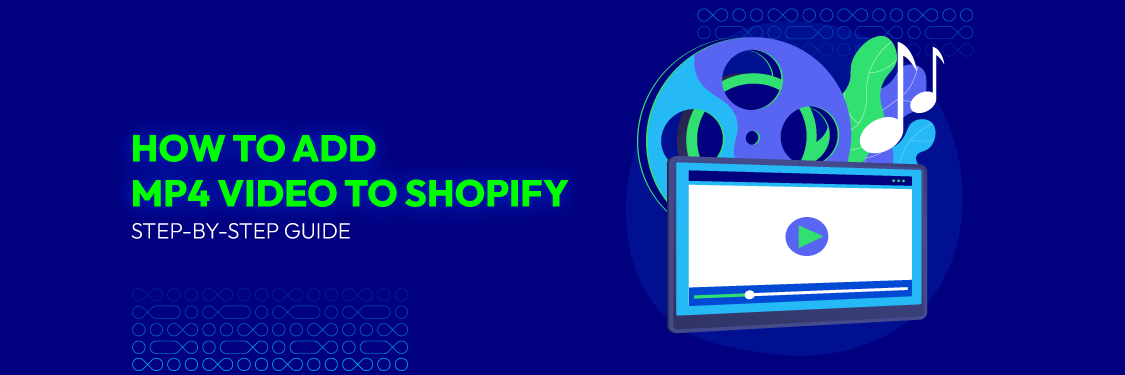
Are you looking to make your Shopify store more appealing and informative? Wondering how to captivate your customers with engaging video content? Eager to boost your online sales through the power of MP4 videos?
You’re in the right place if you answered ‘yes’ to any of these questions. In this step-by-step guide, we’ll explore how to add MP4 video to Shopify stores. Ready to transform your e-commerce game and take it to the next level? Let’s get started!
How to Add MP4 Videos to Shopify
Adding MP4 videos to your Shopify store is a straightforward process. Shopify provides several methods to incorporate videos into your product pages, blogs, or any other area of your website. Here’s a step-by-step guide on how to add MP4 video to Shopify:
Method 1: Uploading MP4 Videos to Shopify
This method is only used when you want to upload a video on a product page or blog page
Step 1: Access Your Shopify Admin
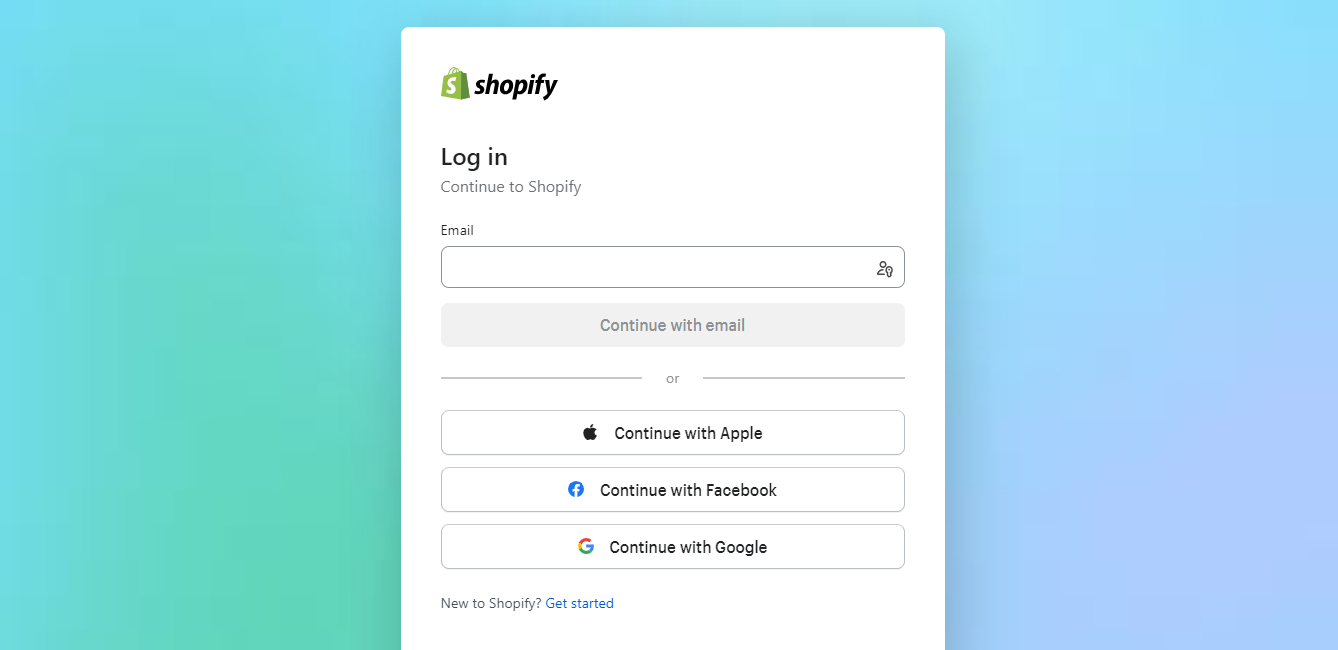
Access your Shopify admin dashboard by entering your username and password.
Step 2: Navigate to the Appropriate Section
Depending on where you want to add a video, go to the relevant section within your Shopify admin panel.
For example, if you want to add a video to a product description, go to the Products section. If you’re creating a blog post, access the Blogs section. To add videos to other pages, you may need to access the specific section you want to edit.
Step 3: Choose a Product or Blog Post
If you’re adding a video to a product page, select the specific product you want to edit. For blog posts, click on the blog post you want to add a video to. If you’re editing a custom page, navigate to that page.
Step 4: Edit the Content
In the content editing section, you’ll typically find a content editor or product description field where you can add videos. Click the field to start editing.
Step 5: Add the Video
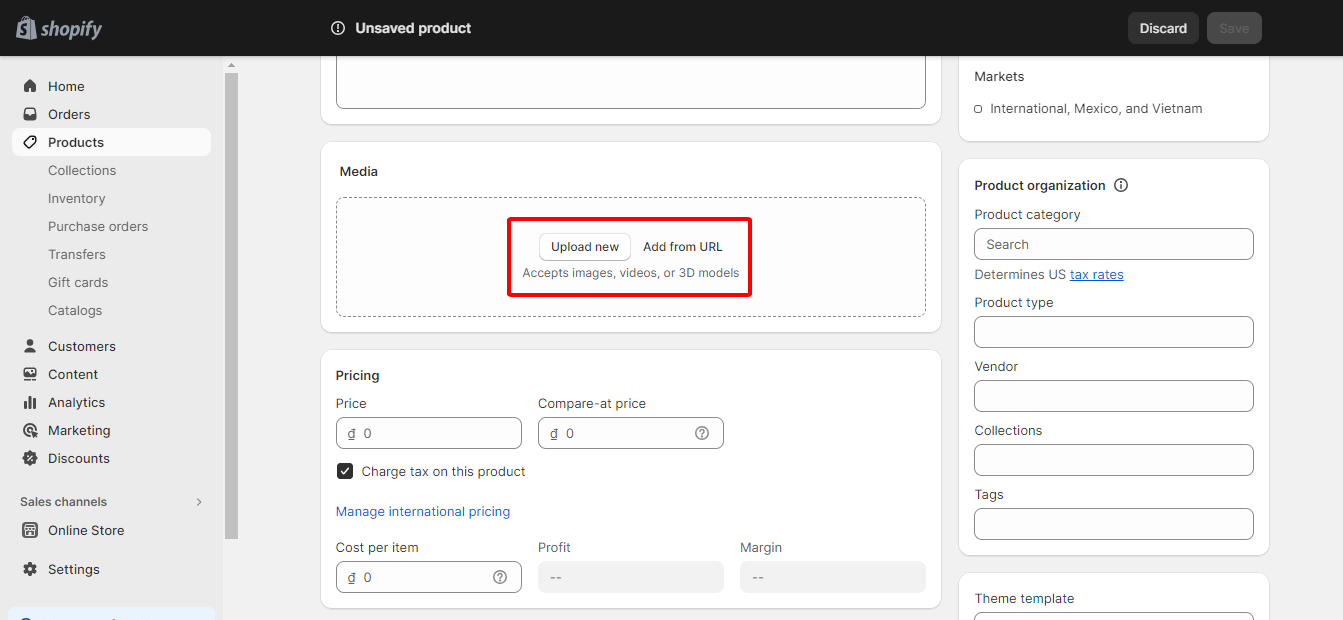
Within the content editor, look for the “Add Media” or “Upload new” button. This allows you to insert your MP4 video into the content. You can choose between uploading videos from your computer or selecting it from your existing media library if it’s already uploaded to Shopify.
Step 6: Adjust Settings
Customize the display settings of your video, such as video size, alignment, and other display options. Shopify provides various customization options to help you control how the video appears on your page.
Step 7: Save or Publish
Once you’ve added and customized your video, save your changes for product pages or save and publish your blog post. If you’re editing a custom page, follow the relevant save or publish process for that section.
Method 2: Embedding Videos from YouTube or Vimeo
If you prefer to embed videos from external platforms like YouTube or Vimeo, follow these steps:
Step 1: Upload the Video to YouTube or Vimeo
If your video isn’t already hosted on YouTube or Vimeo, you need to upload it to one of these platforms. Log in directly to your YouTube or Vimeo account and follow their upload instructions.
Step 2: Copy the Video’s Embed Code
After uploading your video, find it on YouTube or Vimeo and click on the “Share” or “Embed” option. You’ll be provided with an HTML code snippet for embedding your video.
Step 3: Edit the Page
Navigate to the page or section on your Shopify store where you want to add the video. Click on the content editor to begin editing.
Step 4: Add the Embed Code
Within the content editor, look for an option that allows you to switch to the HTML or Code view (usually represented by “< >” symbols). Click this to access the HTML source code view.
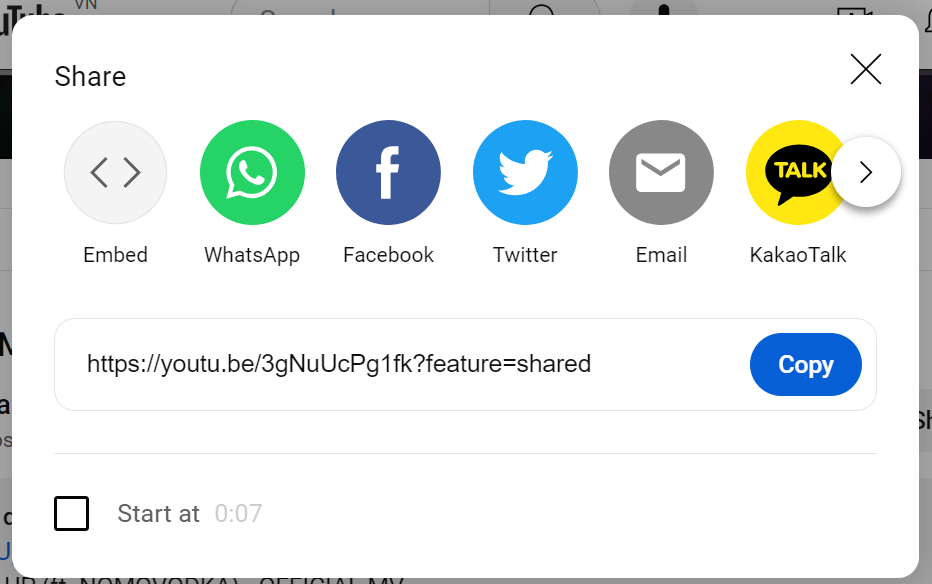
Paste the copied HTML embed code from YouTube or Vimeo into the HTML view.
Step 5: Switch Back to Visual View
Return to the visual view of the editor to see how the video appears within your content.
Step 6: Save or Publish
Save your changes, and if applicable, publish the page or product so that the embedded video is visible to your website visitors.
Following these methods, you can easily add MP4 videos to your Shopify store, whether you prefer to host videos directly on Shopify or embed them from external video-sharing platforms. After making these additions, always preview your changes to ensure the videos display correctly on your website.
The Benefits of Adding MP4 Videos to Your Shopify Store
Videos are a powerful medium for engaging potential customers while delivering valuable insights about your products. Adding MP4 videos to your Shopify store can offer several benefits to store owners and customers. Here are some of the benefits of incorporating MP4 videos into your Shopify store:
- Enhanced product presentation: Videos can provide a dynamic and interactive way to showcase your products. You can create product videos to demonstrate how items work, show them from different angles, and highlight their features. This can lead to a more engaging and informative shopping experience for your customers.
- Increased conversion rates: Studies have shown that product videos can significantly boost conversion rates. When customers see a product in action, it often gives them a clearer understanding of what they’re purchasing, leading to higher conversion rates and reduced returns.
- Improved SEO: Search engines like Google often prioritize video content. By including MP4 videos on your product pages, you can enhance your SEO efforts, making it more likely for your store to appear in search results and gain organic traffic.
- Storytelling and branding: Videos allow you to tell your brand’s story and build a stronger connection with your audience. You can use videos to communicate your brand’s values, showcase your company’s culture, and create emotional connections with customers.
- Reduced customer support inquiries: Videos can provide answers to common customer questions and demonstrate how to use your products. By doing so, you can reduce the number of customer inquiries and support tickets, freeing up your time and resources.
- Educational content: MP4 videos can serve as educational content. You can create how-to guides, tutorials, and product demonstrations to educate your customers about your products or industry.
- Building trust: Videos can build trust with potential customers. Seeing a real person or hearing a voice in a video can create a more personal connection and convey trustworthiness.
Types of MP4 Videos You Can Use for Your Shopify Store
Numerous variations of MP4 videos are at your disposal to elevate your Shopify store and captivate your customer base. The choice of video types depends on your products, target audience, and marketing goals. Here are some common types of MP4 videos you can consider:
1. Product Showcase Videos
These videos are an ideal way to visually emphasize the attributes and advantages of your products. They provide a dynamic, three-dimensional view of your products, allowing customers to see them in action.
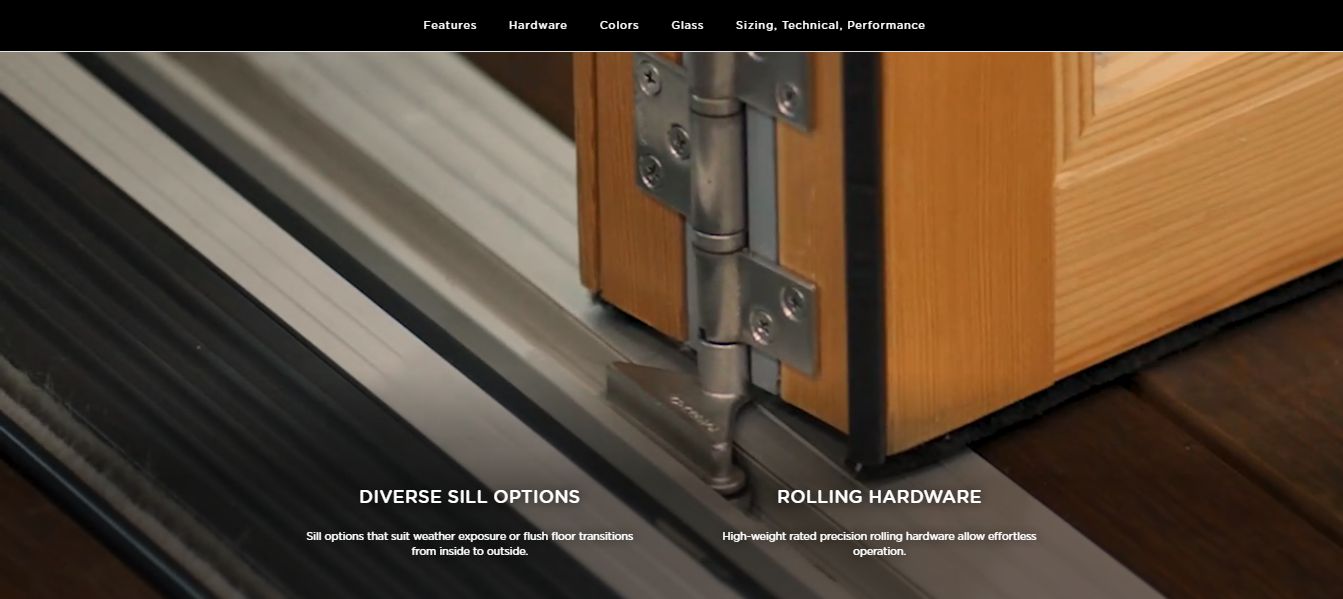
You can zoom in on product details, demonstrate how they work, and illustrate how they can solve a problem or meet a need. Product showcase videos are particularly valuable for items with unique or complex features, as they help customers make more informed purchasing decisions.
2. Customer Testimonial Videos
Authentic customer testimonial videos can be a powerful tool for building trust and credibility. These videos feature satisfied customers sharing their experiences with your products.
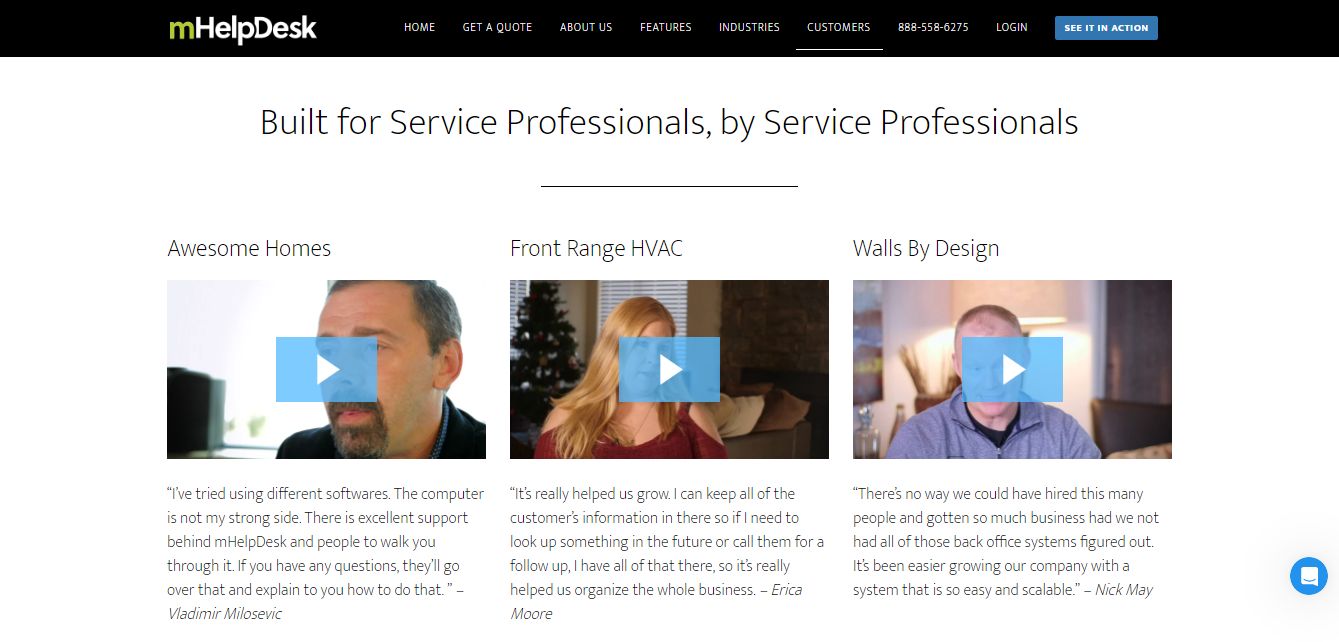
When potential buyers see and hear from real people who have had positive experiences with your brand, they’re more likely to trust your products and make a purchase. You can highlight specific benefits and use cases through these videos, providing social proof and encouraging others to buy.
3. How-to and Tutorial Videos
How-to and tutorial videos serve as educational resources for your customers. They can demonstrate the proper use of your products, guide users through setup or installation processes, and provide tips and tricks for getting the most out of your items.
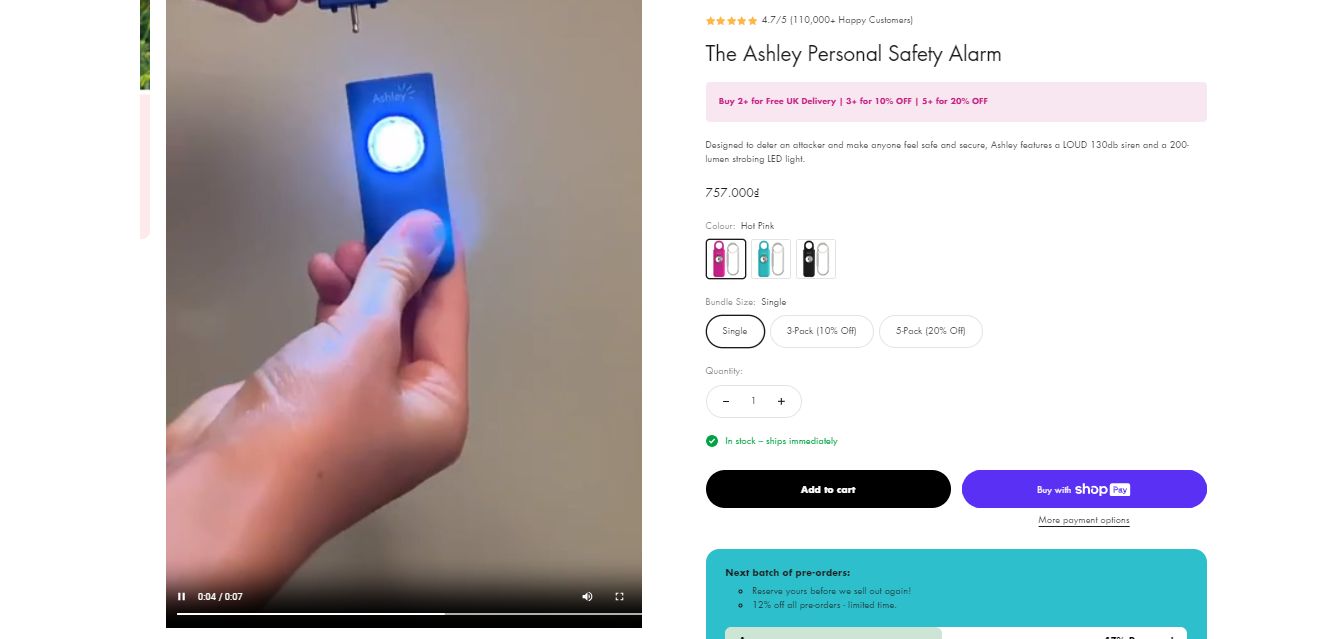
These videos not only enhance the customer experience but also reduce support inquiries. Customers appreciate the added value of educational content, and it can differentiate your brand as a helpful and knowledgeable resource in your niche.
4. Brand Story Videos
Brand story videos go beyond just showcasing products; they tell your brand’s story. These videos offer insight into your company’s history, values, and mission.

They can provide a personal touch by introducing key team members, illustrating the journey of your business, and expressing your brand’s unique identity. A compelling brand story can foster an emotional connection with your audience, making your brand more memorable and relatable.
5. Promotional Videos
Promotional videos are specifically designed to create interest and generate sales. They can be used for various purposes, such as announcing new products, highlighting limited-time offers, or showcasing seasonal promotions.
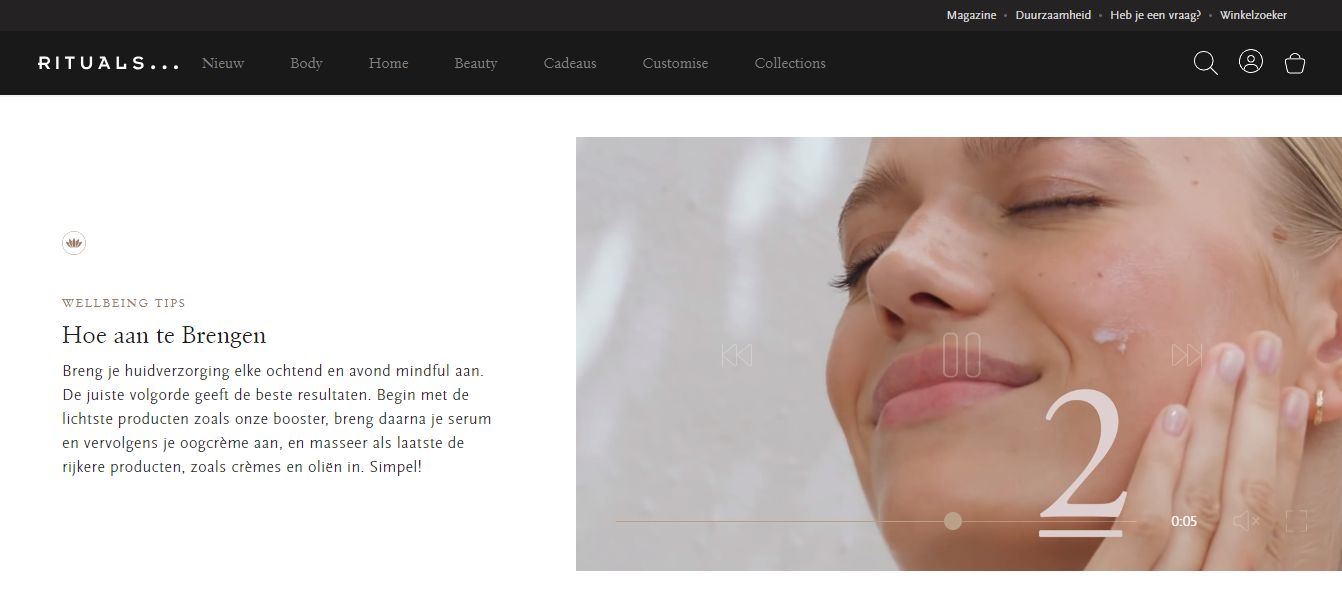
These videos are often used in marketing campaigns to create a sense of urgency and excitement among potential customers. Well-crafted promotional videos can boost sales and drive traffic to your store.
6. Customer Reviews and Unboxings
Customer reviews and unboxing videos offer real and unfiltered perspectives on your products. Customer review videos feature people talking about their experiences with your products, which can provide insight into the quality, functionality, and satisfaction level of your offerings.

Unboxing videos show customers opening your products for the first time, creating anticipation and excitement. These videos are particularly popular on social media platforms and can increase the desirability of your products.
Read more: 10 Tips for Using Video Content on Your E-Commerce Website
8 Best Practices for Optimizing MP4 Videos on Your Shopify Store
Optimizing MP4 videos on your Shopify store is essential to ensure a smooth, engaging user experience and improve your website’s performance. Here are eight best practices to consider:
1. Video Compression
Video files can be quite large, leading to slower load times. Use video compression techniques to reduce file size while maintaining acceptable quality. Tools like Adobe Media Encoder, HandBrake, or online services like Cloudinary can help you achieve this.
Balance compression with quality to ensure your videos are clear and visually appealing. The goal is to minimize file size without significant loss in video quality.
2. Resolution and Aspect Ratio
Ensure your videos have the right resolution and aspect ratio for your website’s layout. Consistency in video dimensions prevents layout issues and creates a more polished look.

Common aspect ratios include 16:9 (widescreen) and 1:1 (square). Adjust the aspect ratio based on where the video is placed on your website.
3. Video Length
Keep your videos concise and engaging. Research shows that shorter videos tend to perform better. This is particularly important for product demos or promotional content.
If your video is longer, consider providing clear timestamps or chapter markers in the video description or on-screen to help viewers find relevant sections quickly.
4. Video Autoplay and Sound
Avoid auto-playing videos with sound, as they can be annoying to the user experience. Users generally prefer to have control over when videos start playing and whether they have sound.
If you choose to auto-play videos, it’s best to mute them by default. Provide users with the option to unmute if they want to hear the audio. Alternatively, offer subtitled or captioned versions of your videos to convey the message without sound.
5. Video Hosting
Use a reliable and secure video hosting service or a content delivery network (CDN) to host your videos. Hosting videos on third-party platforms can improve loading times and reduce the load on your Shopify server.
Popular video hosting options include YouTube, Vimeo, and specialized video hosting platforms like Wistia or Brightcove. Embedding these hosted videos on your Shopify site ensures a smoother viewing experience.
6. Thumbnail Images
Thumbnails are crucial in enticing users to click and watch your videos. Create engaging and relevant thumbnails that accurately represent the video’s content.
High-quality, eye-catching thumbnails encourage users to click through. Make sure your thumbnail complements your brand’s style and messaging.
7. Responsive Design
Ensure your video player and website design are responsive, smoothly adapting to various screen sizes and devices. Responsive design ensures that your videos display correctly on various devices.
Test your videos on various devices and screen sizes to ensure they look and function as intended.
8. Lazy Loading
Implement lazy loading for your videos to improve page loading times. With lazy loading, videos load only when a user interacts with them or scrolls down the page.
Lazy loading helps reduce the initial load time of your page, which is critical for user experience. It ensures that videos do not slow down the initial page load, making your content more accessible and user-friendly.
Conclusion
Incorporating MP4 videos into your Shopify store can transform your e-commerce strategy. By following this step-by-step guide, you’ve gained the tools to enhance the shopping experience, engage your customers, and boost your sales through the dynamic medium of video. Embrace the power of video and elevate your online retail success.





![Top 20+ Must-have Shopify Apps for 2025 [Free & Paid] - Mageplaza](https://cdn2.mageplaza.com/media/blog/must-have-shopify-apps/top-must-have-shopify-apps.png)
![[2025 Updates] Top 10+ Upsell Apps for Shopify - Mageplaza](https://cdn2.mageplaza.com/media/blog/best-upsell-shopify-app/cover.png)